What We Do
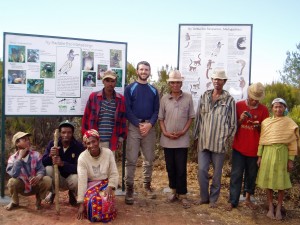 At Sadabe we seek to develop novel and innovative ways to promote the coexistence of people and wildlife in Tsinjoarivo (central Madagascar), and elsewhere where humans and wildlife come into conflict. Sadabe, is the local name for the diademed sifaka, and it literally means “multicolored” and “big”. The organisation is as colorful as the lemur after which is it named.
At Sadabe we seek to develop novel and innovative ways to promote the coexistence of people and wildlife in Tsinjoarivo (central Madagascar), and elsewhere where humans and wildlife come into conflict. Sadabe, is the local name for the diademed sifaka, and it literally means “multicolored” and “big”. The organisation is as colorful as the lemur after which is it named.
Registered in 2009 as a Malagasy nonprofit, we were founded with several unique but synergistic guiding activities (research, education, conservation, and development). Nowadays, we are continuing to grow and work on the principle that conservation only works if you include the will and needs of local people, and deeply understand the ecosystem that you are trying to protect.
How We Protect Lemurs And Other Wildlife
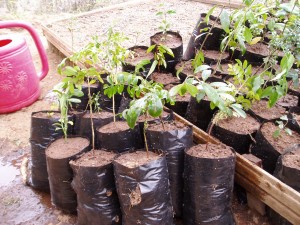
 What Lemur Species We Protect
What Lemur Species We Protect
We’ve been undertaking extensive research programming since 2000 in the Mahatsinjo region on the following species:
- Diademed sifaka (Propithecus diadema)
- Mouse lemurs (Microcebus rufus)
- Dwarf lemurs (Cheirogaleus sp.)
How We Support Local Communities
Throughout our research and programming, we have aimed to solve problems by consensus, with strong voices from Malagasy scientists, government officials, our employees, and community members at many levels. For example, we work in concert with local communities in central Madagascar (Tsinjoarivo) and also partners with two local organizations: Maitsoanala (a research and tourism guides’ association) and Taratra Reny sy Zaza (an association of midwives and women focusing on women’s and children’s health). Sustainability is a key pillar of all past and planned activities.
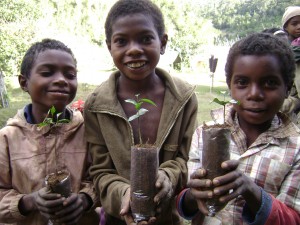
Education
We facilitated the donation and staffing of an elementary school near our study site (in Mahatsinjo); this school was the first public school in the area and increased the likelihood that students would be able to receive a minimum level of education. The organization continues to undertake several outreach and educational activities in this and other communities that have reached thousands of individuals, including an English-language program and t-shirt giveaways. Some of Sadabe’s education programming was conducted in partnership with the Madagascar Ankizy Fund.
Healthcare
In regards to healthcare development, Sadabe facilitated (in partnership with the Madagascar Ankizy Fund) the provision of dental care services to hundreds of individuals. Without these services, these communities would have had to travel over 75 kilometers just to visit a dentist.
Capacity Building
We provide training for both foreign and Malagasy university students. This helps build capacity in the next generation of scientists, and allows them to get an up-close and in-person look at what is takes to research and conserve endangered lemur species. In addition, we have worked with local communities to teach them English and French and help them learn how to become tourism guides.

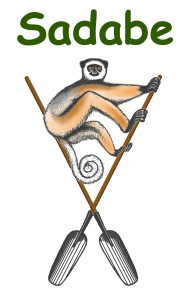
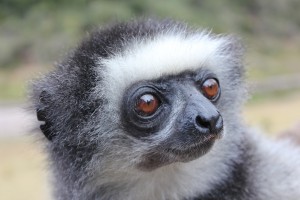 What Lemur Species We Protect
What Lemur Species We Protect